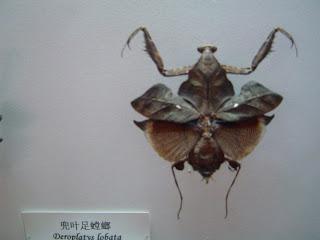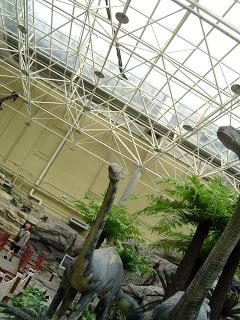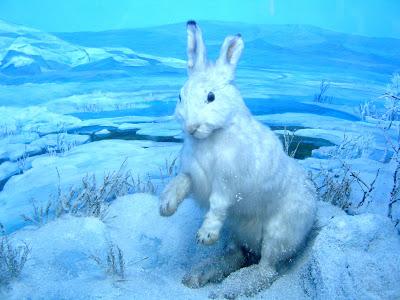
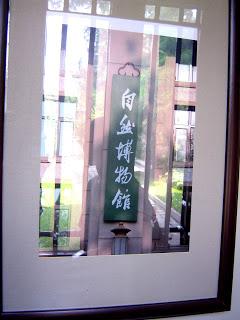
Photo of Guo's Calligraphy Displayed at His Former Residence in Beijing
Founded in 1951, the 24,000-square-meter Beijing Museum of Natural History (BMNH) is situated at Chongwen District (祟文區), housing over 200,000 specimen. This is a perfect spot if you want a break from all those traditional Chinese buildings and would like to spend an afternoon looking at something more universal, more natural, and a little bit Western. Primarily the architecture of BMNH is of classical Western style, with Guo Moruo's calligraphy at the main entrance.A photo of the calligraphy could also be found at the Guo Moruo's Former Residence. The word "自然" refers to nature, whereas "博物館", museum - so there it is the name of BMNH "自然博物館".
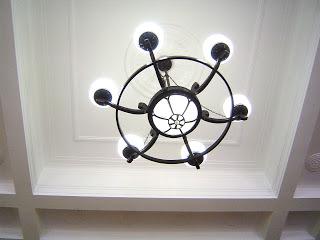
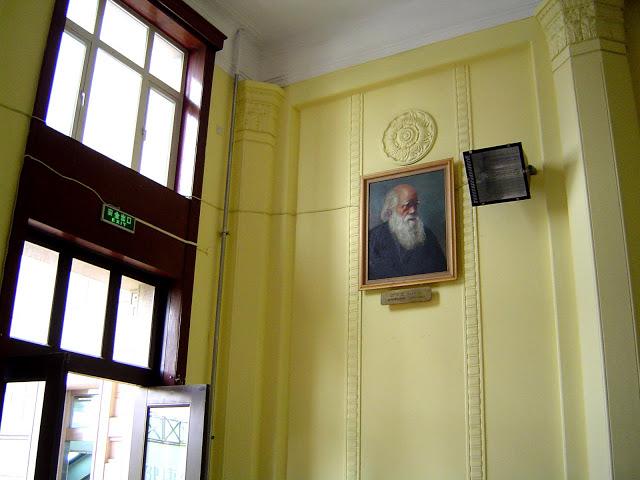
Charles Darwin on the Wall
The specimen are arranged in different sections and not chronologically. For such a collection of historical specimen and models, a chronological arrangement in accordance with evolution would make much more sense. Indeed, the locations of the four halls - Paleontology, Zoology, Botany and Mankind Evolution - seem arbitrary which render visitors clueless as to where to go next. Except for "the Dinosaur World", the lighting of most sections is a bit dim as well. Some of the specimen arrangement are strange and unnatural: predators are at times placed next to their preys as if their relationship is commensal.
